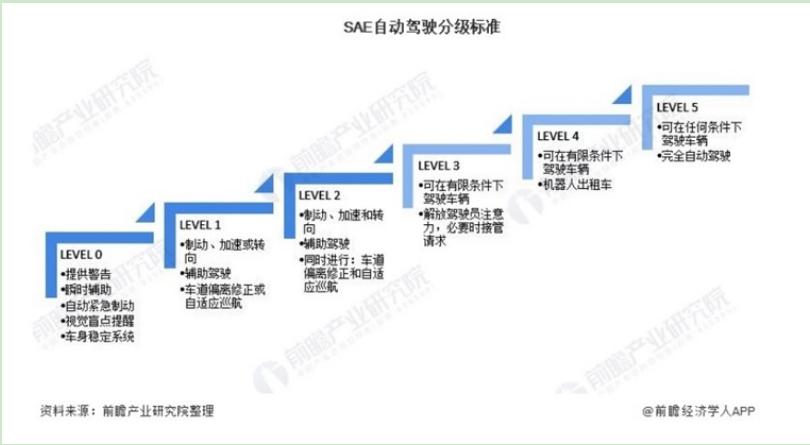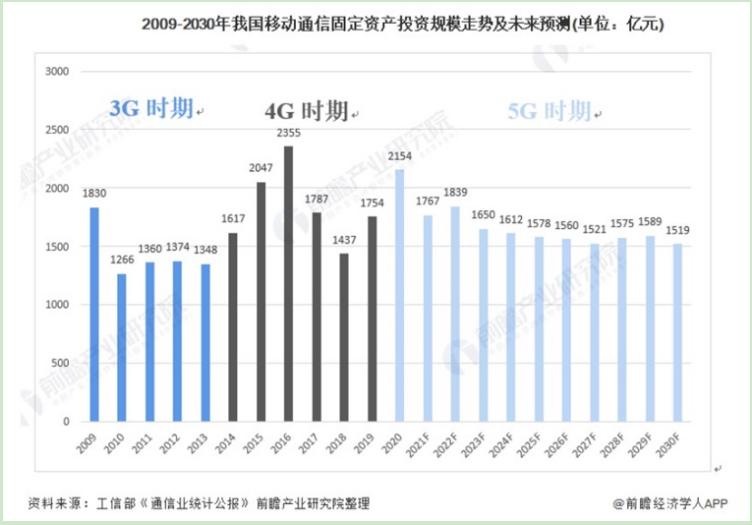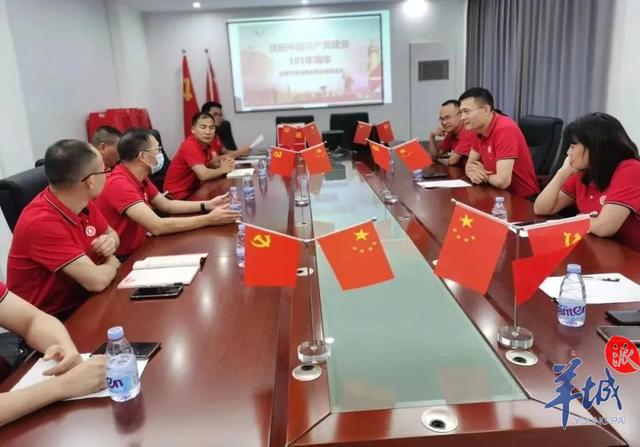Huang Yan: The autonomous driving industry may leverage China's trillion yuan output value
Author:Zhongxin Jingwei Time:2022.07.28
Zhongxin Jingwei July 28th. Question: The autonomous driving industry may leverage China's trillion yuan output value
Author Huang Kun forward -looking economist senior industry observers
On July 21, Baidu launched the sixth generation of the sixth generation of the 6th generation of the unmanned vehicle Apollo RT6, which costs only 250,000 yuan, which bombed a thunder in the industry.
Recalling that in October 2021, when Baidu's fifth -generation unmanned vehicle Apollo Moon was released, the cost of the entire vehicle was still stuck at 480,000, but it was one -third of the industry average. Less than a year, the cost is half another.
The gradual victory of the unmanned "conservative route"
In this wave of autonomous driving at home and abroad, the dispute between the "radical route" and "conservative routes" runs through.
For a long time, regarding the development of autonomous driving technology, the industry generally recognizes the L0-L5 standard proposed by the International Automobile Engineer Association (SAE), that is, the level of autonomous driving technology increased from 0 to 5, with a total of 6 levels.

The so -called conservative route is to first allow the low -level (L2) to assist the driving system to get on the car, collect data during the user's use, the training algorithm iterative technology, and finally evolve to the high level (L4/L5).
The representative of this route is Tesla, and the domestic companies such as Wei Xiaoli have basically followed this strategy.
The radical route refers to the hope that through full -effort to burn money, the technical technology, one step in one step reaches L4 and even L5 -level autonomous driving technology. Through the technological revolutionary transformation industry, it represents a technology company that enters the situation with technology Domestic Baidu.
In the early days, the radical route won people's hearts. In 2016, the number of enterprises in the autonomous driving industry soared all the way, and domestic autonomous driving leaders such as Xiaoma Zhixing, AUTOX, Wenyuan Zhixing and other domestic autonomous driving companies were established one after another.

In foreign countries, Cruises, which was established for 2 years, was included in His Majesty for a high price of 1 billion US dollars. Ford invested $ 1 billion in ARGO. Even online car players such as Uber and Lyft tried to cut into this field heavy.
The radical route that heavy technology is not the same. However, over time, optimism in the industry is dissipating. Because in the process of development, many people began to realize that the problem of Corner Case was difficult to solve in the short term.
The so -called CORNER CASE means that the boundary problems in the field of artificial intelligence, that is, those who have never encountered it and are unpredictable. Under complex road conditions, there will always be strange events or things. They have not been included in the law rules of the algorithm, nor have they been studied by algorithms.
Once this kind of thing appears, because of the lack of data, autonomous cars will not be able to deal with it, and safety accidents are prone to. To solve it, the only way is to pile a lot of time, a lot of scenes, as much as possible, and solve them one by one.
According to IDC analysis, from 2020 to 2024, the global compound annual growth rate of autonomous driving will reach 18.3%; by 2024, the shipments of the L1-L5 autonomous vehicle will be close to 55 million, of which L1 and L2 autonomous driving cars will be The market share is 64.4%and 34%, respectively.
The development of autonomous driving is not short, while more than 98%of autonomous vehicles are only in the field of L1 and L2, and L5 is still a fantasy. In 2018, the fatal accident of Uber's autonomous driving road test caused the radicals to be hit again.
In 2019, it became an inflection point for the autonomous driving industry. Morgan Stanley lowered the valuation of Waymo from $ 175 billion to nearly 40%to $ 105 billion. Two years later, this number was only US $ 30 billion. At the same time, a large number of startup companies closed down, and Uber and Lyft sold the autonomous driving sector respectively.
The scenery of radical routes is no longer, and the progressive routes are began to be accepted by more and more enterprises and institutions. Take the low -level auxiliary driving as the highlight of the car, use earning income to do the research and development of L4 autonomous driving, and obtain cash flow and low -cost data streams in mass production. With the success of Tesla, the progressive route becomes the mainstream market model. Essence
The prospect of the autonomous driving industry itself is quite considerable
According to the calculation of relevant agencies, from a multi -level comprehensive calculation of the implementation level, platform layer, vehicle integration, and third -party services, only all aspects of the autonomous driving industry chain only have an incremental space of 700 billion yuan before 2030.
This is just the autonomous driving industry itself. If the early ideas of the industry, autonomous cars will become one of the core consumer goods in the future society, and its derived economic benefits will be even greater.
The iPhone invented by Jobs in 2007 has led to the development of the mobile Internet with its own power, and also saved the 3G industry that has been delayed to find the application scenario.
In the case of 5G's lack of core scenes, autonomous driving is one of the most recognized potential choices in the industry.
According to the Foresight Industry Research Institute, only in terms of fixed assets, China's four major operators (China Mobile, China Telecom, China Unicom, China Unicom and China Radio and Television) and China Tower 5G are expected to exceed 1.8 trillion yuan. /As a core application, ships will generate major driving force.

Coupled with changes in the fields of Internet of Things, artificial intelligence, energy, logistics, etc., the industries that can leverage autonomous driving may reach trillions or even trillions of dollars.
In 2017, Intel's judgment that by 2035, the market value created by autonomous driving technology will reach 800 billion US dollars, and in the next 15 years, this market will usher in higher growth, reaching 2050 to $ 7 trillion scale. It is worth noting that the autonomous driving industry, as an industry that will inevitably benefit from multiple production departments in the whole society, must bear huge social risks and market risks alone in the early stage. Therefore, a powerful subject needs to re -coordinate the interest distribution of the industry. On the one hand, we must re -balance the responsibilities and rewards of all parties of the industry from the legal level. On the other hand, the decision -making level can also be directly supported by the social interest representatives.
In this regard, Shenzhen is at the forefront.
At the legal level, China's autonomous driving development has always been absent. It was not until June 23, 2022 that the "Regulations on the Management of the Shenzhen Special Economic Zone Intelligent Connected Automobile" was released that China had the first L3 -level autonomous driving regulations.
Although this regulation does not make a particularly large breakthrough, at least many problems such as the subsequent L3 -level autonomous driving on the road, setting up standards and standards, and solving many problems such as the vehicles cannot enter the market, the cards cannot be on the license plate, and cannot operate the charges.
In terms of policy support, on June 6, Shenzhen issued the important policy documents of the "Opinions on the Development and Greeting Strategic Emerging Industry Cluster and Cultivating Future Industry", proposed to develop 20 strategic emerging industrial clusters, and deployed 8 future industries in advance. direction.
The intelligent connected automobile industry was officially included in Shenzhen's "20+8" industry cluster list that was accelerated in Shenzhen. At the same time, it released a special action plan. It is clear that by 2025, the operating income of the intelligent connected automobile industry has reached 200 billion yuan.
In the field of intelligent driving, Shenzhen's industrial chain is basically complete. The upstream perception, decision -making, and communication component companies include Sagita Gathering, Radium Smart, Horizon Robot, Huawei and other companies; midstreams include AUTOX, Yuan Rong Kaixing, etc. provide full set of autonomous driving solutions. BYD and other vehicle manufacturing companies.
In the high -tech North Advanced Manufacturing Park in Pingshan District, Shenzhen, and the Grandmo Advanced Manufacturing Park in the Shenzhen -Shanshan Special Cooperation Zone, intelligent connected cars will be used as a key development industry, which will be fully supported. (Zhongxin Jingwei APP)
This article was selected by the Sino -Singapore Jingwei Research Institute. The copy of the work produced by the selected work, the copyright of the work, is not authorized by any unit or individual. The views involved in the selected content only represent the original author and do not represent the view of the Sino -Singapore Jingwei.
Editor in charge: Li Huicong
Pay attention to the official WeChat public account of JWVIEW (JWVIEW) to get more elite financial information.
- END -
Dongguan Wanjiang Street: "The Party Committee of the Street Office will always be the party member of the Party Branch of the Chamber of Commerce"

A few days ago, the Party Branch of the Suixi Chamber of Commerce in Dongguan City...
A magnitude 3.3 earthquake in Malcon City, Sichuan, Sichuan, Sichuan Province

China News Service, June 13th. China Earthquake Network officially determined: At ...